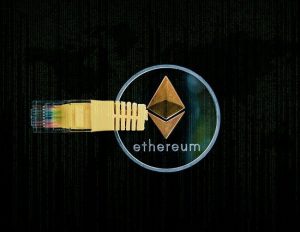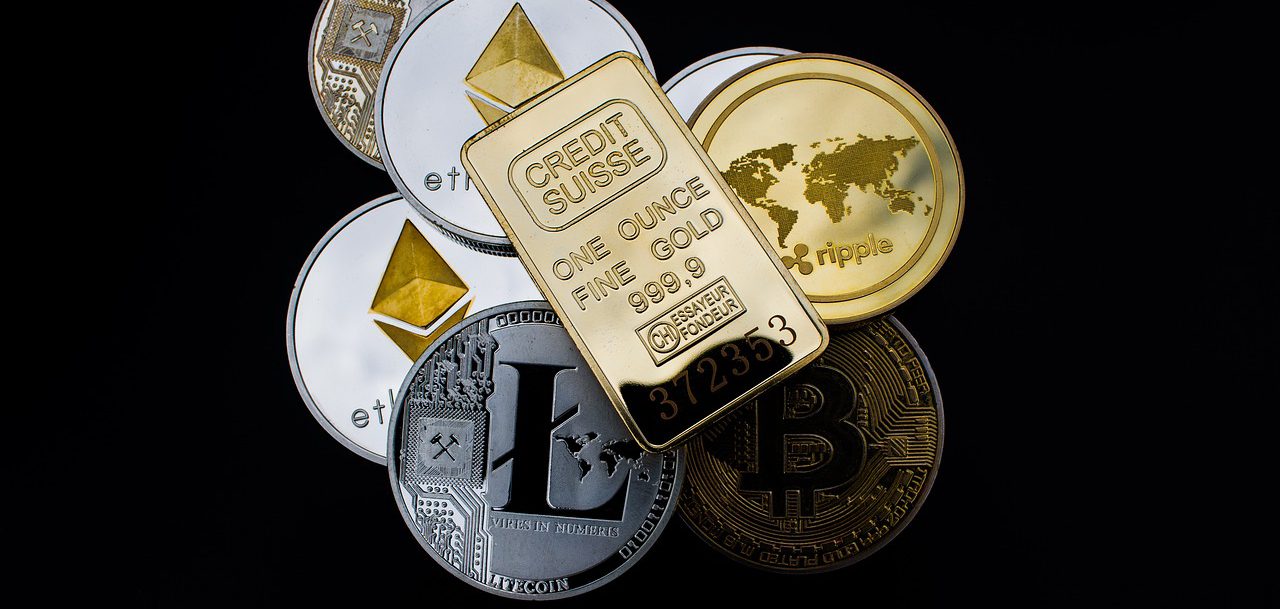Cryptocurrencies act as real money — they are actually digital cash not governed by a bank or any central authority. They are additionally secure because they are encrypted with cryptography. There are 3000 cryptocurrencies in existence and more than six million users.
A dozen years ago, nobody could have dreamed of the boom that crypto has made, but this has often been the case with new technology; a few decades ago, nobody could have predicted that we’d only need a phone to, for example, watch sports games and bet online with the 22Bet Bonus.
There are three main types of cryptocurrencies. The blockchain, invented at the same time as Bitcoin, connects all three types of cryptocurrencies. Bitcoin was the first created cryptocurrency, so it’s a type of its own. There’s also altcoins like Litecoin and NEO. Finally, there are tokens such as WePower and BitDegree.
Bitcoin

Bitcoin (BTC) was the first cryptocurrency on the market created in 2008. It remains the world’s leading cryptocurrency by market cap. A person or a group of people under the pseudonym Satoshi Nakamoto created Bitcoin. It came as an idea of a digital cash system to remove the third-party intermediaries from the money transfer processes.
Bitcoin is decentralized, peer-to-peer technology, which means it does not rely on a bank or a third party for a transaction — it’s between two parties or two users. This is a great way to keep your information secure because, without a third party present, you do not need to disclose your name or personal information.
People often refer to Bitcoin as a digital alternative to both fiat currencies and gold. The reason for that is the ability to spend and save Bitcoin in the same way as regular money. But, it is also a scarce resource with good value such as gold. Even though it is the oldest cryptocurrency, it is still using an innovative technical concept that users trust the most.
Altcoins
Altcoins got their name after Bitcoin because they are alternative versions of the original. However, some altcoins function differently than Bitcoin and have a different purpose. There are more than a thousand altcoins, such as Litecoin, NEO, Ethereum, Peercoin, and more.
For example, Litecoin (LTC) was made as a complementary cryptocurrency to Bitcoin. It is the same peer-to-peer currency and a global paying system as Bitcoin. Litecoin is the first cryptocurrency to use the Lightning Network — it allows more transactions per second. Additionally, Litecoin’s transaction fees are much cheaper than Bitcoins.

On the other hand, Ethereum (ETH) has an entirely different system than Bitcoin. It is the world’s first programmable blockchain. That means that Ethereum allows its users to build and deploy decentralized applications (dApps) and smart contracts.
All altcoins can function independently on their own networks using distributed ledger technology (DLT) — the most famous being Nakamoto’s blockchain. Even though they all use DLT, all altcoins have different bases that make them unique.
Tokens
Tokens are not able to act independently, unlike Bitcoin and altcoins. Tokens are dependent on the network of another cryptocurrency — they do not have their own DLT. Tokens are built on top of other DLTs or blockchains of existing cryptocurrencies. They represent either value tokens, security tokens, or utility tokens.
Tokens describe a function rather than its function as money. Because of that use, they do not represent any value as well. They are a type of encryption where they cover several meanings. For example, crypto tokens are both Bitcoin and Ether.

Tokens are used on decentralized applications (dApps). dApps are built on other blockchains (for example, Ethereum), so Ethereum blockchain needs to verify the token transaction. Users do not use tokens to pay the fee, but Ether. So to use a token on dApps i.e. make a transaction, the user needs Ethereum or NEO or any other altcoin. For example, WePower is an open-source, based on Ethereum blockchain. Its use is to provide financial support for renewable energy producers.

